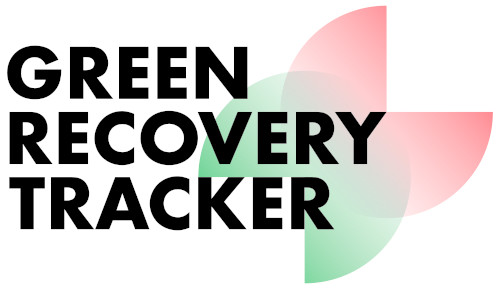A Green Recovery for a Resilient Future
The COVID-19 pandemic has caused the major economic crisis of our times, including massive job losses and increasing inequalities, the extent of which is still unknown. At the same time, the global health crisis is inseparable from increasing environmental degradation exemplified by biodiversity loss and climate change. Thus, the pandemic underscores the nexus of environmental health and societal well-being, calling for a rapid change towards more resilient, green, and inclusive development models.
According to the OECD, for governments to pursue and realize a truly Green Recovery, they must prioritize investments towards ambitious climate, environmental, and social goals that support a safe and equitable climate future for all. Governments must simultaneously avoid the temptation to spend public funds on technologies and industries of the past that have no place in a safe and healthy planet—sectors like fossil fuels, resource extraction, harmful agriculture, and unsustainable infrastructure must be avoided wherever possible—and instead focus on innovations and transformations for agriculture, transport, energy, and industry.
Against this backdrop, the pandemic offers our entire species an opportunity to rethink and reimagine what is possible. To build back better, governments have both moral and economic obligations to tie spending to environmental targets, support clean technologies, avoid locking-in harmful practices, create new opportunities for income and jobs, and emphatically deliver on the Paris Agreement and the 2030 Agenda.





